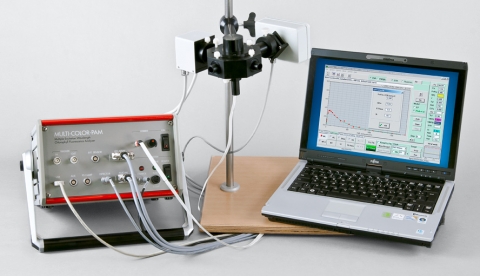
Electron requirements for carbon incorporation along diel light cycle in three marine diatom species. Jérôme Morelle & Pascal Claquin. February 2018, Photosynthesis Research. DOI10.1007/s11120-018-0491-2
Diatoms account for about 40% of primary production in highly productive ecosystems. The development of a new generation of fluorometers has made it possible to improve estimation of the electron transport rate from photosystem II, which, when coupled with the carbon incorporation rate enables estimation of the electrons required for carbon fixation. The aim of this study was to investigate the daily dynamics of these electron requirements as a function of the diel light cycle in three relevant diatom species and to apprehend if the method of estimating the electron transport rate can lead to different pictures of the dynamics. The results confirmed the species-dependent capacity for photoacclimation under increasing light levels. Despite daily variations in the photosynthetic parameters, the results of this study underline the low daily variability of the electron requirements estimated using functional absorption of the photosystem II compared to an estimation based on a specific absorption cross section of chlorophyll a. The stability of the electron requirements throughout the day would suggest it is potentially possible to estimate high-frequency primary production by using autonomous variable fluorescence measurements from ships-of-opportunity or moorings, without taking potential daily variation in this parameter into consideration, but this result has to be confirmed on natural phytoplankton assemblages. The results obtained in this study confirm the low electron requirements of diatoms to perform photosynthesis, and suggest a potential additional source of energy for carbon fixation, as recently described in the literature for this class.
BOREA contact:
Jérôme Morelle, jerome.morelle@unicaen.fr
